Ok...So this is neat... Only thing is you must SIGN IN with a social media account or SIGN UP. ... It is free.
Cool way to create a visual, moving timeline. For the moment I might use this more in HIstory,but the door is completely open!
On myHistro you can create advanced geolocated timelines that you can play as presentations. Pin your events, videos and photos to the map and share them with friends and family.
This new resource, myHistro, combines interactive maps with timelines to organize stories, journeys or historical events as the move over time and place. By embedding photos, videos and links this creates an incredibly dynamic platform for telling historical and geographic stories. By combining these features, this is a powerful tool to create customized resources for you students. Pictured above is a sample timeline that shows the spatial and temporal journey of the Olympic torch for the 2012 Games.



 Your new post is loading...
Your new post is loading...




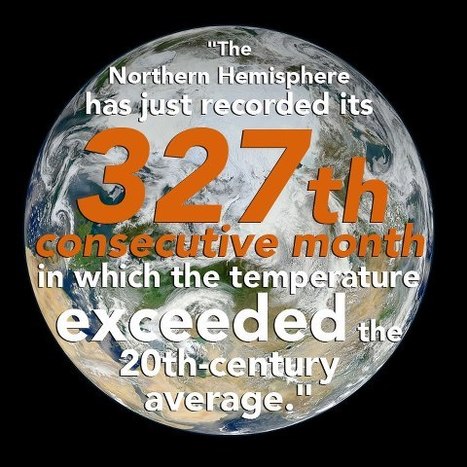
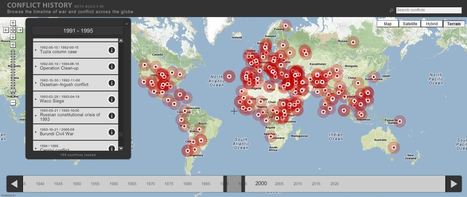







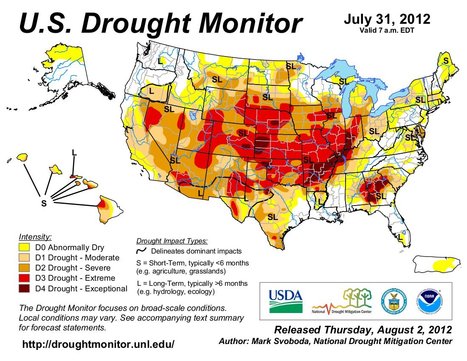
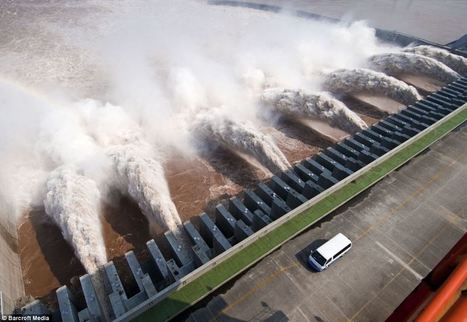





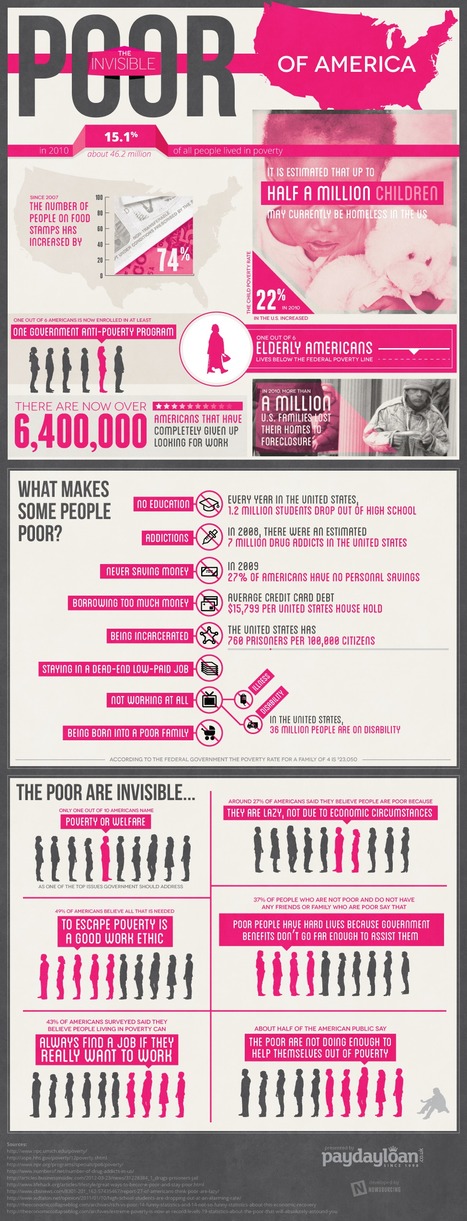



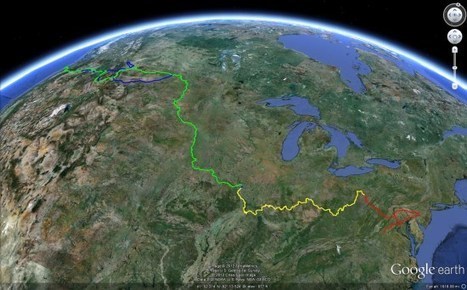



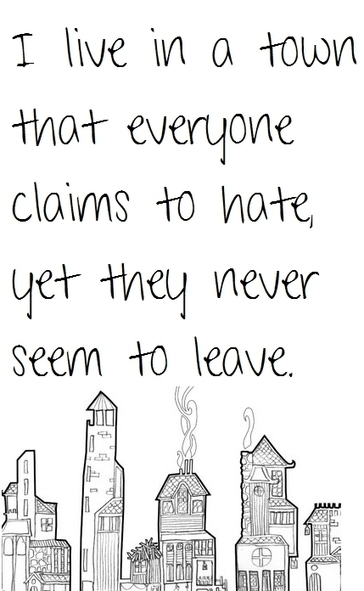




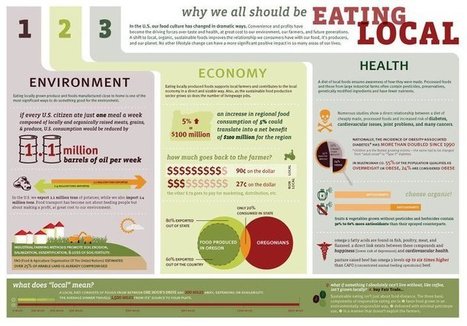





Interesting concept but not totally fleshed out for use by historians... genealogists perhaps would have a better or easier time using this program. It is very interesting but it only allows for one movement, so rather than showing the history of a nation you can show the history of a family through its interactive timelines. Google maps is not always accurate as well.